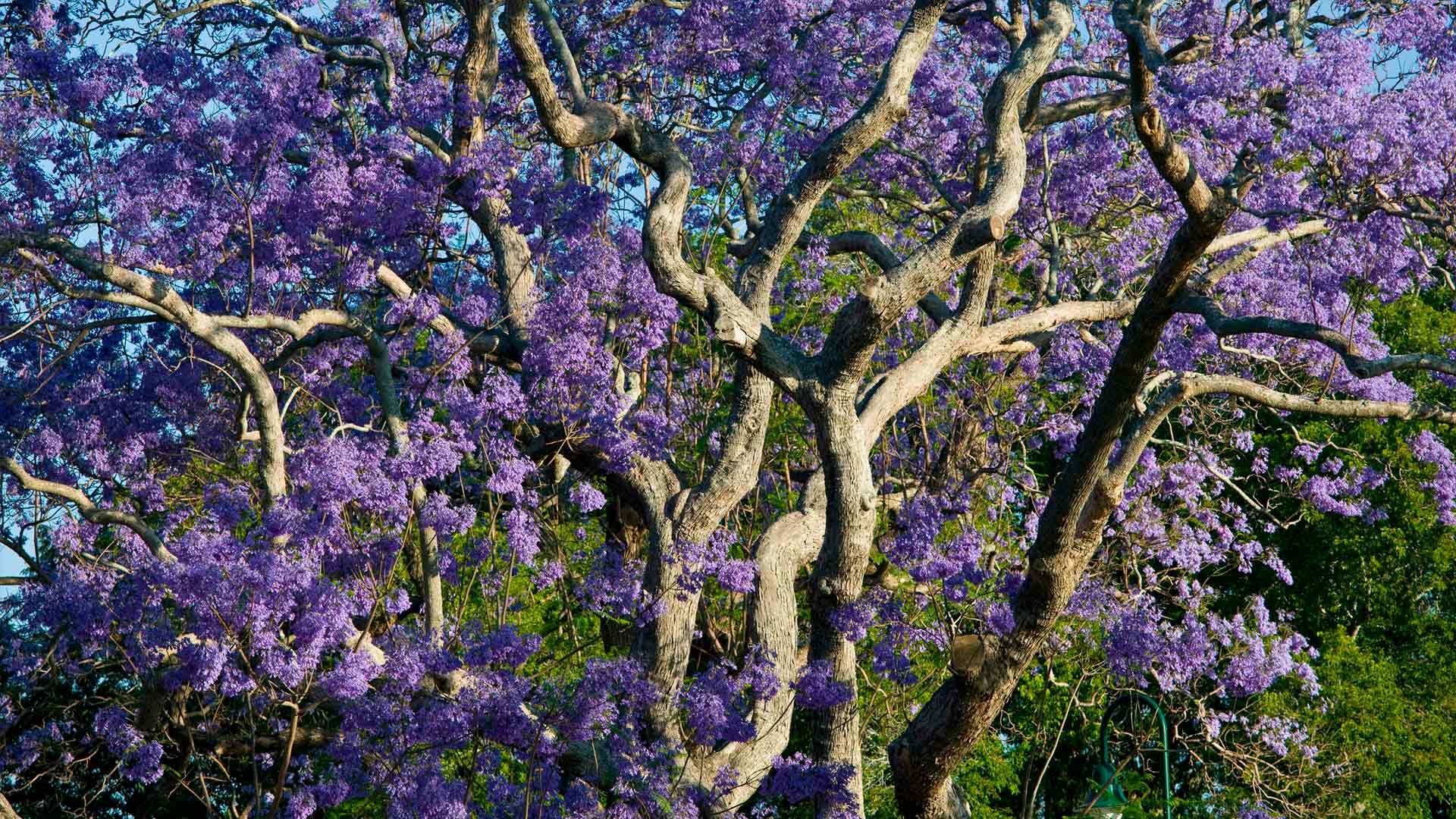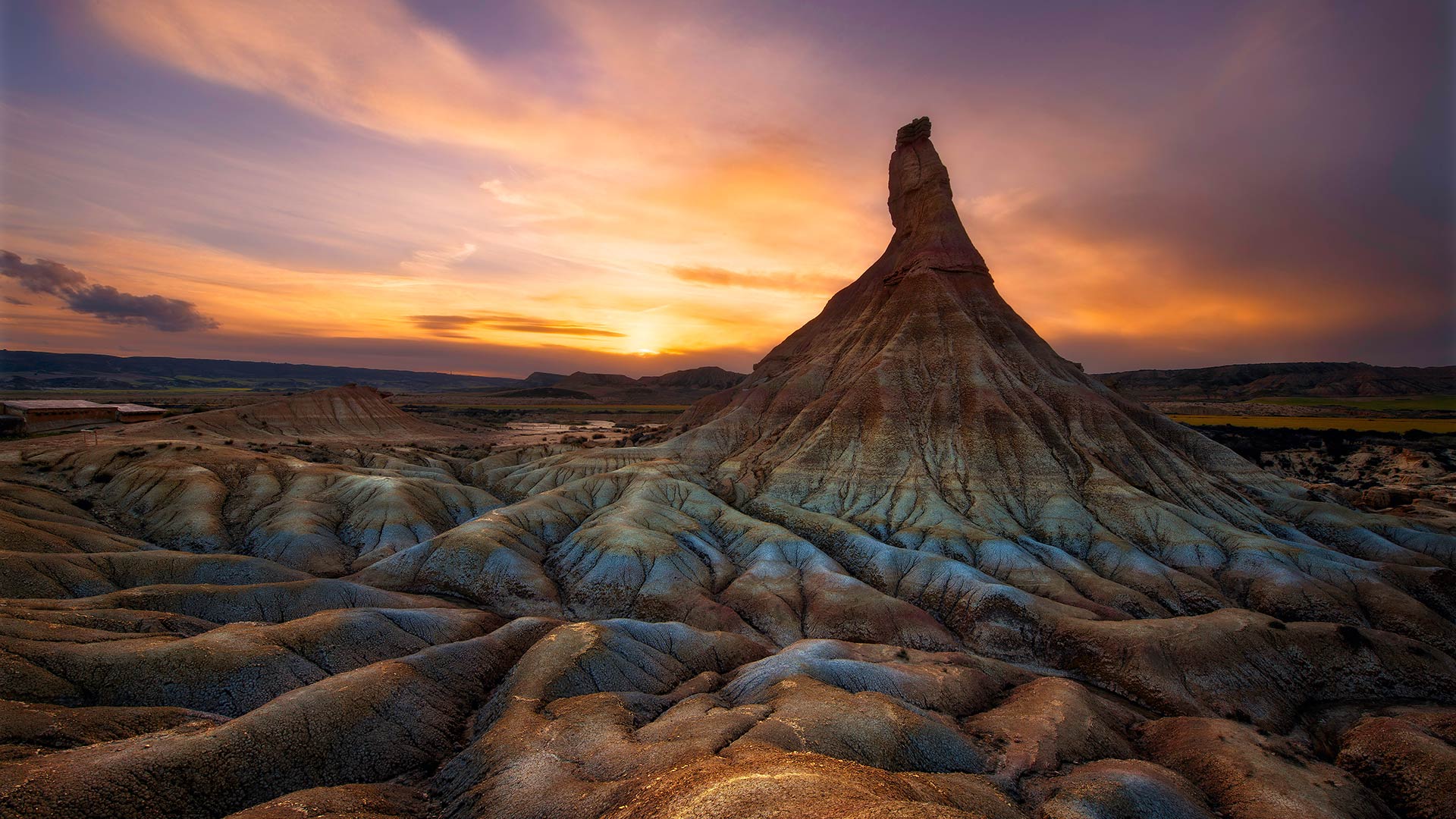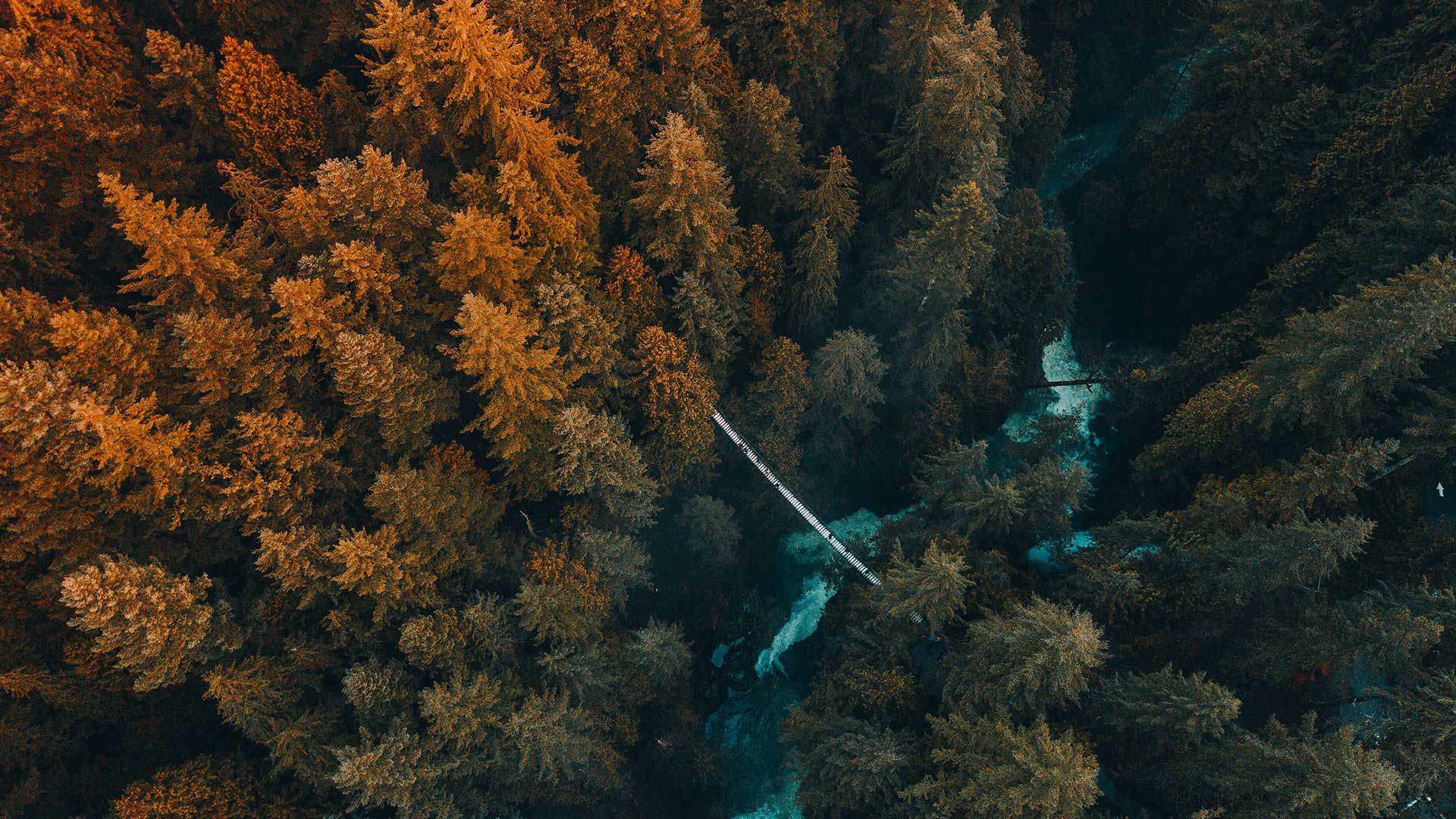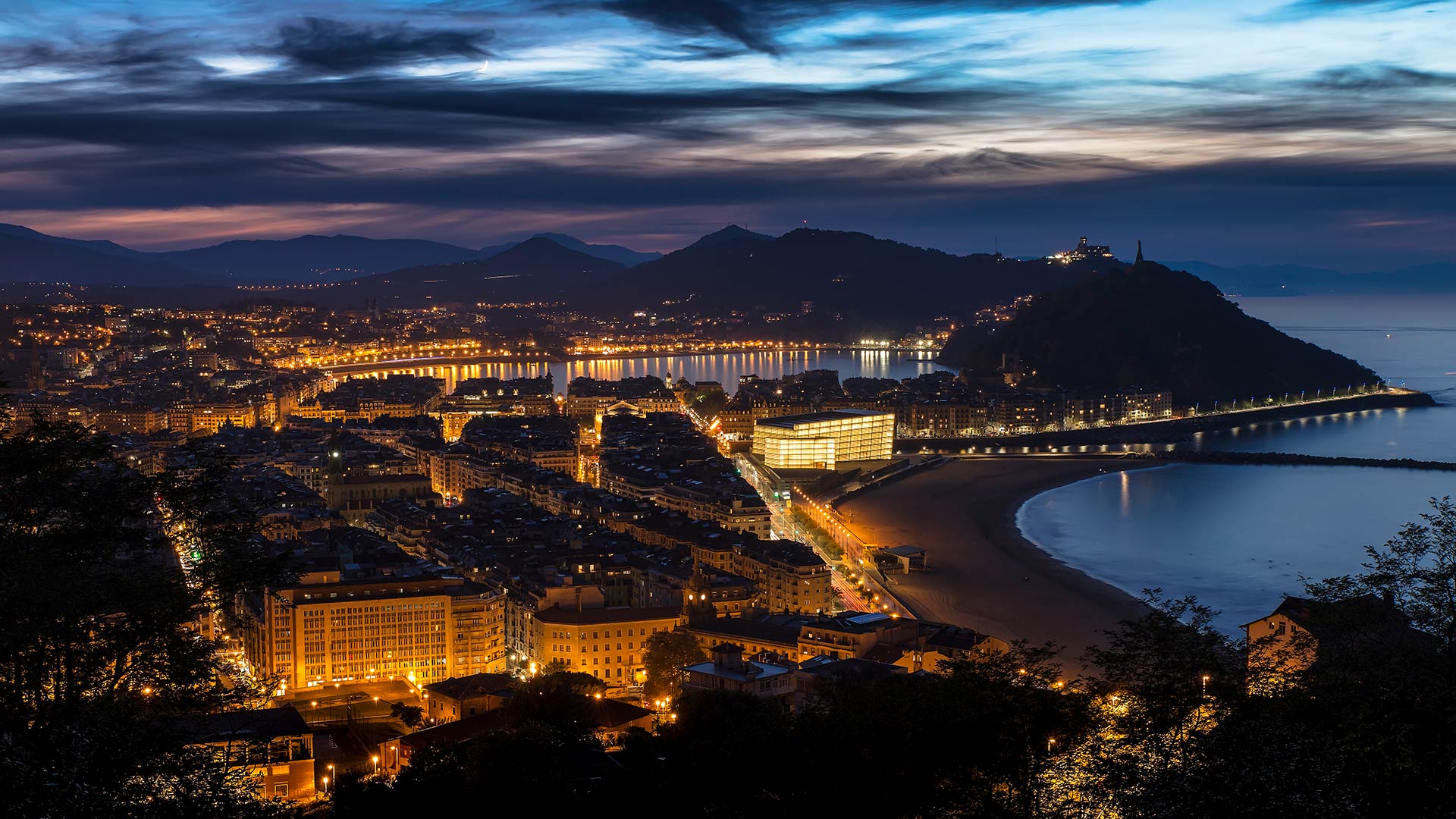分类 必应美图 下的文章
新农场公园内盛开的蓝花楹树,布里斯班 (© Walter Bibikow/Danita Delimont)
The Nankoweap Granaries of the Grand Canyon in Arizona (© Jack Dykinga/Minden Pictures)
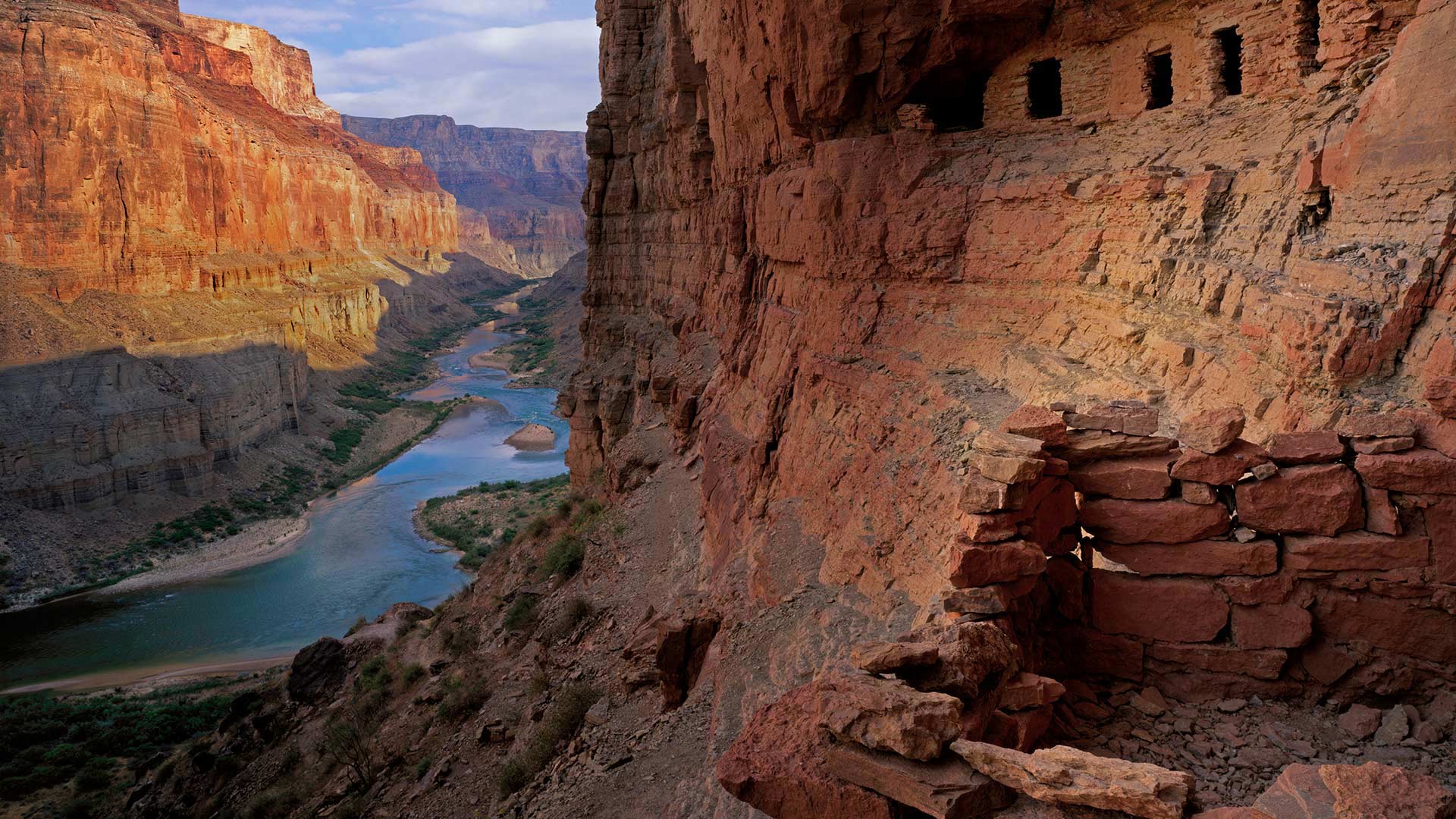
The Nankoweap Granaries of the Grand Canyon in Arizona (© Jack Dykinga/Minden Pictures)
Ancient storage in the Grand Canyon
Around 1100 CE—a good 400 years before Spanish conquistadors would glimpse the Grand Canyon—the Ancestral Puebloans tended terrace farms along the banks of the Colorado River. In order to store their crops during the rainy season, when floods might destroy food stores, and to keep animals from eating the harvest, they created the Nankoweap Granaries high up in the canyon walls.
The fourth Friday in September is Native American Day, a state holiday in California and Nevada. Yes, our photo was taken in Arizona, but in the spirit of the holiday, we wanted to shed light on how thoroughly Native American cultures shaped North America.
德纳斯雷亚尔斯自然公园Castildetierra上空绚丽的日落,西班牙纳瓦拉 (© Inigofotografia/iStock/Getty Images Plus)
罗弗敦群岛的北极冲浪之旅,挪威罗弗敦大师赛 Arctic surfing trip in the Lofoten Islands, Norway for the Lofoten Masters (© Nicolás Pina/Tandem Stills + Motion)

罗弗敦群岛的北极冲浪之旅,挪威罗弗敦大师赛 Arctic surfing trip in the Lofoten Islands, Norway for the Lofoten Masters (© Nicolás Pina/Tandem Stills + Motion)
Chilling out in the Arctic
Surfers from Norway and around the world gather each September in Unstad, a tiny village in Norway's Lofoten Islands, to compete in the Lofoten Masters, which bills itself as 'the world's northern most surfing competition.' Described by some as the best surf break in Norway, the island village, where sheep easily outnumber villagers, boasts two surf shops to help both novices and experts prepare for the extreme conditions. And surfing isn't just a summer sport at this famous, and frequently photographed, beach located inside the Arctic Circle--during winter months, surfers come here for the unique experience of surfing under the Aurora Borealis.
秋分时日的卡斯蒂略金字塔,墨西哥奇琴伊察 Equinox at the Temple of Kukulcan in Chichen Itza, Mexico (© Somatuscani/Getty Images Plus)
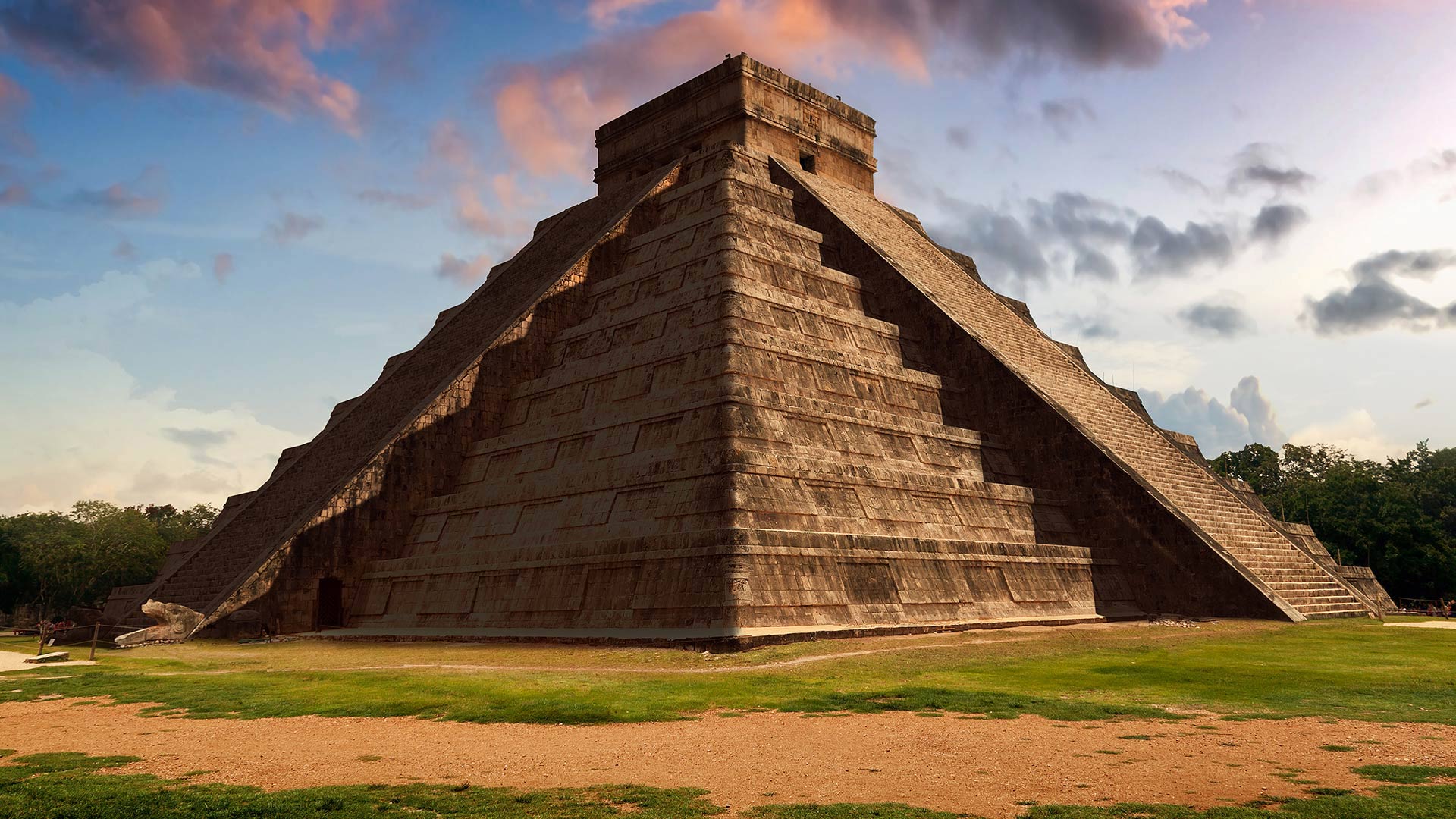
秋分时日的卡斯蒂略金字塔,墨西哥奇琴伊察 Equinox at the Temple of Kukulcan in Chichen Itza, Mexico (© Somatuscani/Getty Images Plus)
Stepping into autumn
Look closely and you'll see a snake slithering down the steps of the Temple of Kukulcan (aka El Castillo or The Castle), in Chichen Itza, Mexico. Not a real snake, it's an image created by natural light and shadows only during the spring and fall equinoxes. The equinox (which means equal night in Latin) is either of the two times each year—like today, the first day of fall—when the Earth's orbit and position cause the Sun to pass directly over the equator, creating equal amounts of daylight and darkness. According to Mayan legend, on both equinoxes this pyramid is visited by Kukulcan, the feathered serpent god. Thousands of spectators gather to watch and celebrate as seven triangles of light slide down the pyramid, illustrating Kukulcan's descent.
Fireworks during La Merce Festival in Barcelona, Spain (© Lucas Vallecillos/age fotostock)
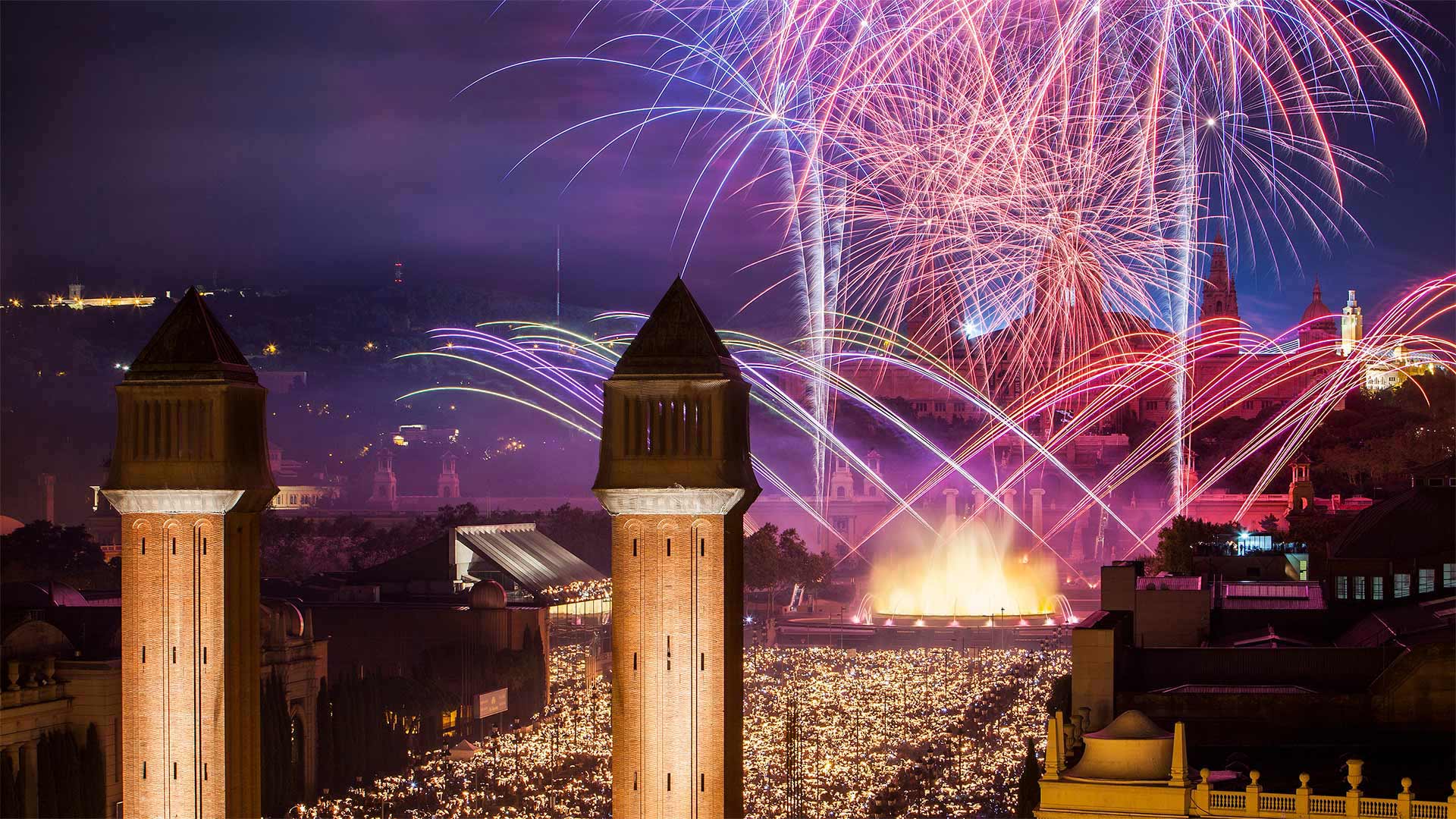
Fireworks during La Merce Festival in Barcelona, Spain (© Lucas Vallecillos/age fotostock)
Barcelona bids farewell to summer
Every year, for four days in September, locals and tourists flock to one of Barcelona’s biggest events, La Mercè Festival. It got its beginnings in 1687 when Barcelona was suffering from a plague of locusts. In desperation, city officials voted to ask for the assistance of the Virgin of Grace (Mare de Déu de la Mercè). Delivered from the pestilence, the officials named her patroness of Barcelona, and an annual festival has been celebrated in her honor in the city ever since.
These days, the multiday celebration is considered a farewell bid to the warmer days of summer. Attracting nearly 2 million people, the event is known for its street theatre, castells (human towers), dancing, musical performances, light projection show, and daily street parades with mythical characters and traditional drumming. At the end of the festival, attendees come out in droves for the pièce de résistance—a musical fireworks display known as ‘piromusical.’
鸟瞰生长在森林中的树木,加拿大不列颠哥伦比亚省温哥华 (© Michael Wu/EyeEm/Getty Images)
“和平之墙”和巴黎的埃菲尔铁塔 'The Wall for Peace' and the Eiffel Tower in Paris for the International Day of Peace (© Prisma by Dukas Presseagentur GmbH/Alamy)

“和平之墙”和巴黎的埃菲尔铁塔 'The Wall for Peace' and the Eiffel Tower in Paris for the International Day of Peace (© Prisma by Dukas Presseagentur GmbH/Alamy)
'The Wall for Peace'
In today's image, we're featuring 'The Wall for Peace' in Paris for the International Day of Peace. Since 2000, this exhibit, created by artist Clara Halter and architect Jean-Michel Wilmotte, has been inspiring visitors to write their own messages of peace and place them in gaps intentionally created in the structure for that purpose. To mark International Day of Peace, hundreds of events around the world are being held today, including peace fairs, music concerts, meditations, and more. The UN declared it a 'day devoted to strengthening the ideals of peace, both within and among all nations and peoples.' One of the events today is at UN Headquarters in New York, where the Secretary-General will ring the Peace Bell and participants will observe a minute of silence.
鱼湖国家森林中的美洲山杨,犹他州 The Pando quaking aspen in Fishlake National Forest, Utah (© Don Paulson/Danita Delimont)
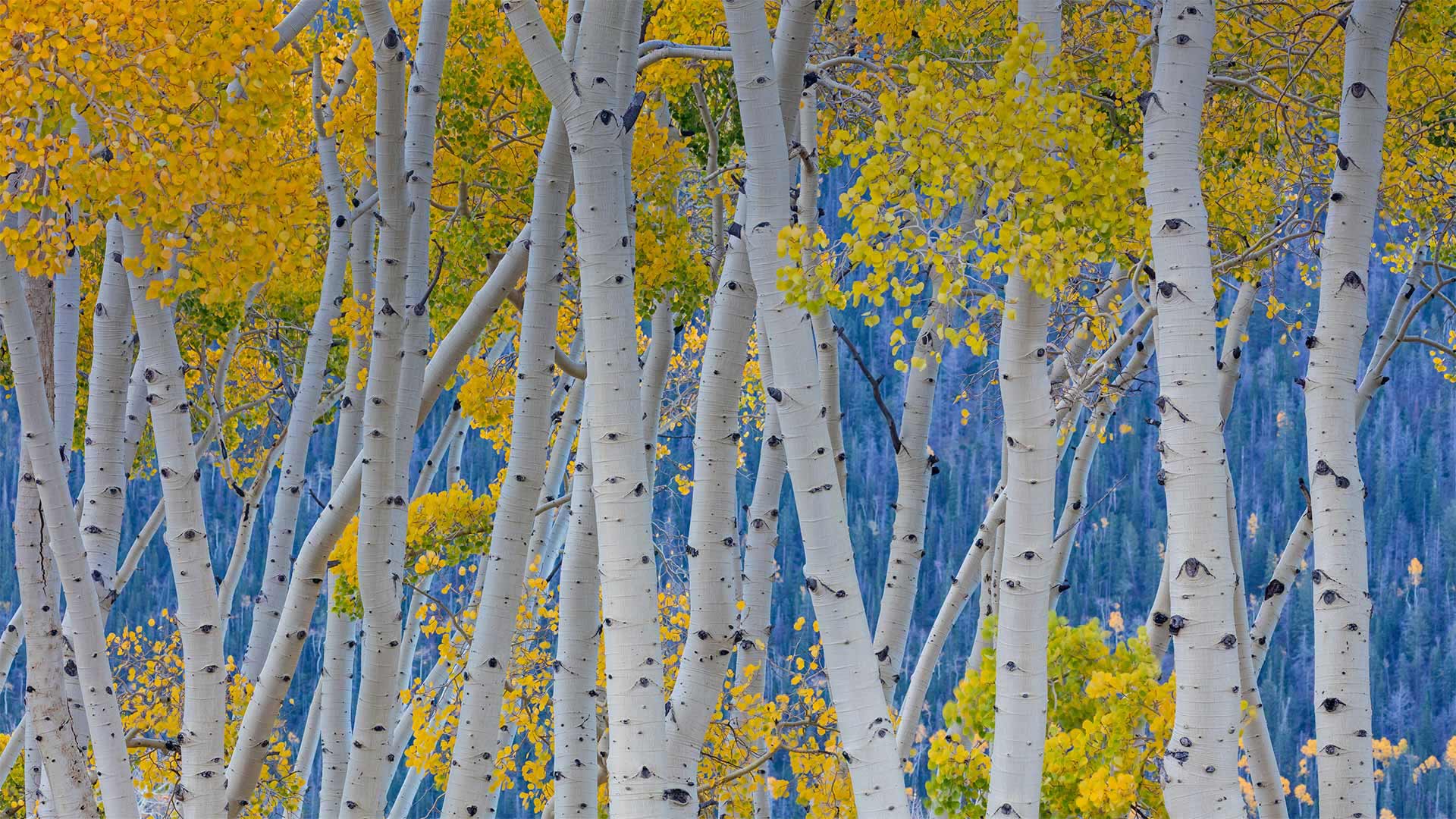
鱼湖国家森林中的美洲山杨,犹他州 The Pando quaking aspen in Fishlake National Forest, Utah (© Don Paulson/Danita Delimont)
Fall comes to the Pando
All is not as it appears to be here at the Pando, in Utah's Fish Lake National Forest. At first glance, visitors likely see a massive grove of quaking aspen trees, their leaves dancing in the wind. But the Pando is not many trees; instead, it's a single organism. Like many aspen groves, each of the 40,000 trees in the Pando are genetically identical stems that sprout from the same root system. First discovered in 1968, the Pando made waves in the scientific world. It's become recognized as one of the heaviest known organisms—weighing 6,000 metric tons—and one of the oldest known living organisms. Scientists estimate it's upwards of 80,000 years old, having endured the last ice age and countless forest fires. It got to be so old partly because most of the organism is protected underground. So, while an individual stem can die, the organism as a whole survives.
It's only recently that human activity has threatened the Pando’s health, with drought, grazing, and fire suppression interfering with its growth. Pando translates as 'I spread out,' in Latin, a reference to the way it extends itself through cloning. But its delicate, fluttering leaves—which turn golden this time of year—have lent it another moniker: the Trembling Giant.
